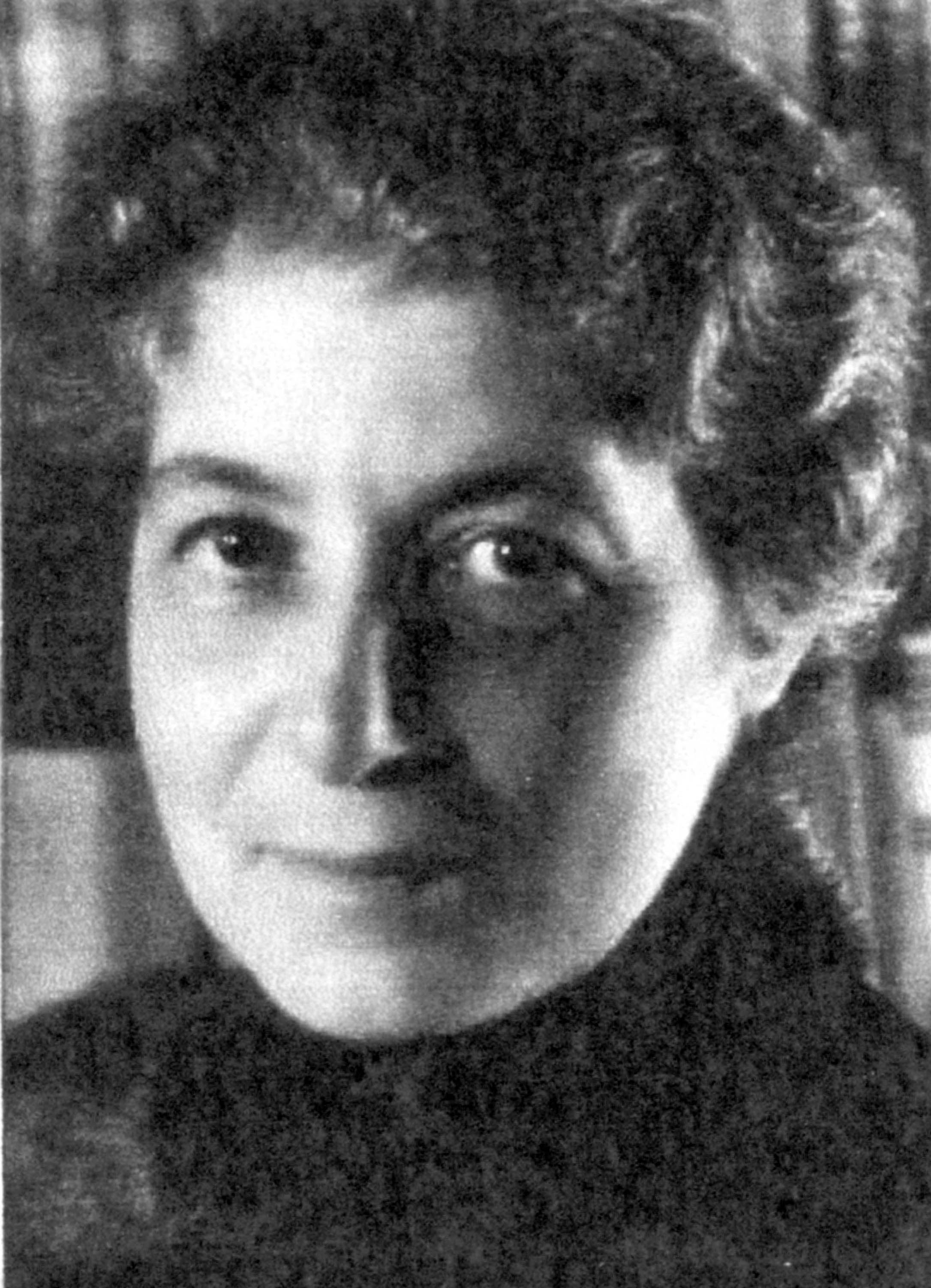Search for Names, Places and Biographies
Already layed Stumbling Stones
Suche
Dr. Emma Schindler * 1883
Böttgerstraße 5 (Eimsbüttel, Rotherbaum)
1942 Theresienstadt
1944 Auschwitz
further stumbling stones in Böttgerstraße 5:
Anna Lippmann, Dr. Leo Lippmann
Emma Schindler, born on 23 July 1883 in Berlin, deported to the Theresienstadt Ghetto on 19 July 1942, deported to the Auschwitz extermination camp on 19 Oct. 1944 and murdered there.
Böttgerstrasse 5 (Rotherbaum)
Emma Schindler, one of the first female ophthalmologists in Germany, was the only "female healer of the sick” ("Krankenbehandlerin”) in Hamburg to care for Jewish patients during the war, until she herself was deported.
Emma Schindler, daughter of Hirschel, called Heinrich, Schindler (died in 1923) and his wife Blanca, née Hirschfeld (1851–1939), had been born in Berlin. She had two brothers, Hans Joachim (1881–1952) and Theodor (1884–?). Hirschel Schindler was a co-owner of the Blau & Schindler Company, which was engaged in the import and export of tanning materials.
In 1886, the Schindler family moved to Hamburg. There Emma Schindler graduated from one of the "academic schools” ("Gelehrtenschulen”), the Johanneum, in 1913. She then studied in Freiburg/Breisgau, Kiel, Berlin, Heidelberg, and Munich, where she completed her doctorate in 1919 with a dissertation on the Irisfarbe des Säuglings ("Iris Color of the Infant”), making a "contribution to the symptomatology of nutritional disorders in infancy.” She received her medical license in Jan. 1920.
After returning to Hamburg, she opened a practice in her parents’ house at Hochallee 13 (Harvestehude), where she began treating statutory health insurance patients in 1932. Among other things, she continued her education at the eye clinic of Eppendorf General Hospital and was thus able to expand her doctor’s office into a specialist ophthalmology practice. As was customary among ophthalmologists at that time, since they also performed surgery, she held the academic title of Dr. med. et chir. (medical doctor and surgeon). In 1926, the Reich Medical Calendar (Reichsmedizinalkalender) listed her as the only woman among 37 Hamburg ophthalmologists.
The year 1933 meant a decisive turning point for Emma Schindler, too. Like other Jewish doctors, her license to practice as a statutory health insurance physician was revoked as early as 1933. This meant the loss of an important source of income.
Meanwhile, her brothers and their families were preparing to emigrate. They escaped to the USA and Great Britain, respectively.
Mother and daughter Schindler, on the other hand, had no possibility to flee. They had to give up their large apartment and moved to Mittelweg 121 in 1938. Blanca Schindler died on 22 June 1939, leaving Emma Schindler behind on her own.
In the summer of 1938, the license to practice medicine was revoked from all Jewish doctors effective 30 Sept. 1938. The only way left to practice was to apply for a permit to work as a "healer of the sick” ("Krankenbehandlerin”). Emma Schindler did not receive this special permit, which could be revoked at any time, until 1941, entitling her "to provide medical treatment exclusively to Jews.” At the Israelite Hospital, she cared at this time for Jewish patients – as the only woman among the "healer of the sick” – primarily those suffering from eye diseases.
In 1942, Emma Schindler eventually had to move one last time: However, she did not live at Böttgerstrasse 5 for much longer, because the deportation order soon reached her. Although still under 65 years of age, she was not deported "to the East” but, as a former employee of the Jewish Hospital, to the "preferential camp” of Theresienstadt on 19 July 1942.
In the Theresienstadt Ghetto, Emma Schindler managed the eye polyclinic until she was further deported to the Auschwitz extermination camp on 19 Oct. 1944, in the course of the "fall transports” along with 1,500 others. More than 1,150 of them were killed in the gas chambers. Among them was Emma Schindler, whose traces disappear at this point.
At the beginning of 1948, at the request of her relatives, she was declared dead as of 8 May 1945 by ruling of the Hamburg District Court (Amtsgericht).
Translator: Erwin Fink
Kindly supported by the Hermann Reemtsma Stiftung, Hamburg.
Stand: August 2021
© Rebecca Schwoch/ (red. bearbeitet: Beate Meyer)
Quellen: Rebecca Schwoch, Emma Schindler, in: Hamburgische Biografie Bd. 7, hersg. Franklin Kopitzsch/Dirk Brietzke, Göttingen 2019, S. 295f.; Anna v. Villiez, Mit aller Kraft verdrängt. Entrechtung und Verfolgung "nicht arischer" Ärzte in Hamburg 1933 bis 1945 (=Studien zur jüdischen Geschichte, Bd. 11), Hamburg 2009; Rebecca Schwoch, The Situation and Ethical Dilemmas of Krankenbehandler (Sick Treaters), 1938-1945: The Example of Hamburg, in: Korot. The Israel Journal of the History of Medicine and Science 23 (2015-2016), S. 173-194.


